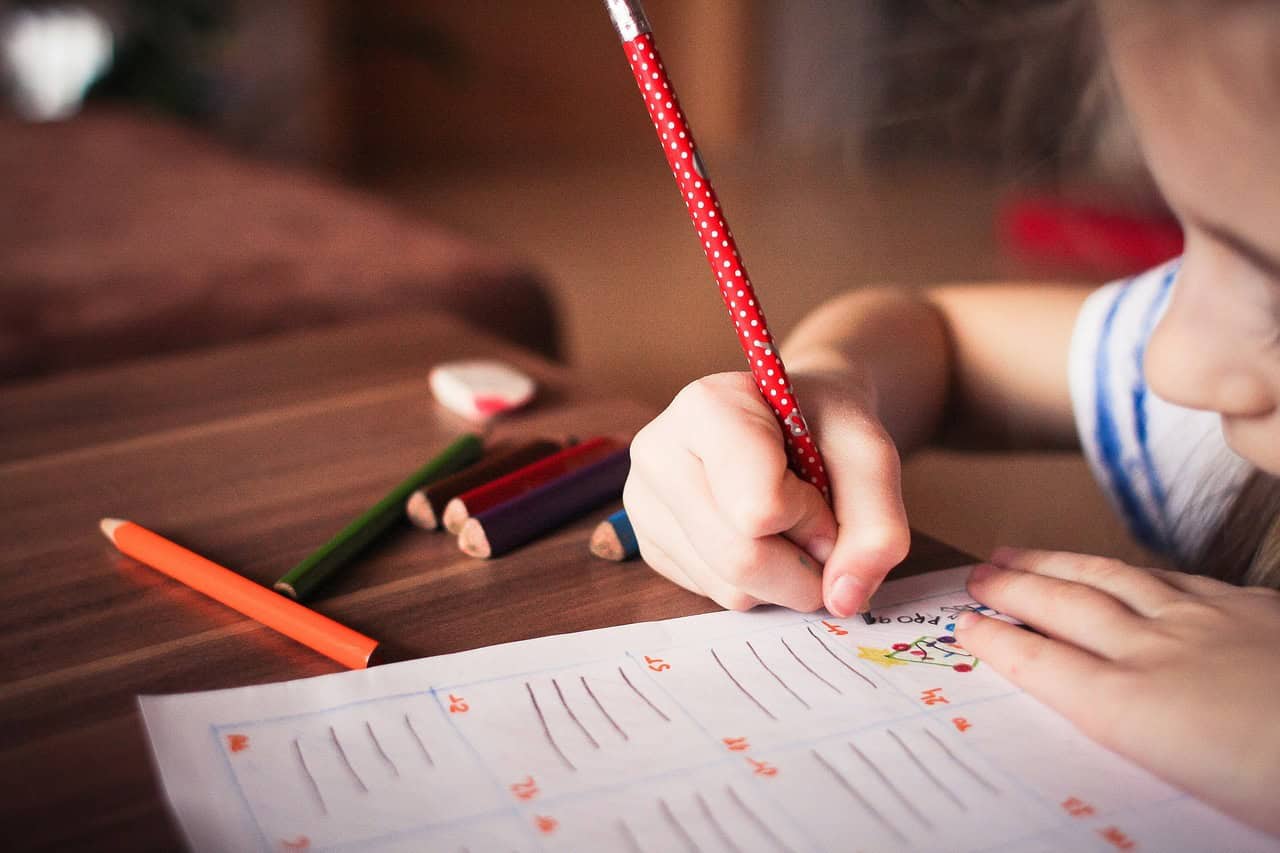Sensory challenges are a prominent aspect of autism that can deeply affect the experiences and development of young children. As specialists in Early Start Denver Model (ESDM) interventions based in Melbourne, we understand the importance of addressing these sensitivities effectively. Sensory sensitivities can vary widely among children; some may find certain textures unbearable, while others might be overwhelmed by bright lights or loud noises. Recognising and managing these sensitivities is crucial for allowing children to engage more fully with their environments and supporting their overall development.
Our approach utilises ESDM, a highly regarded and research-backed method particularly suited for autistic children under five years of age. This model focuses on naturalistic and developmental-friendly strategies to foster essential life skills. Through careful and professional implementation of ESDM techniques, we aim to provide parents and therapists with practical tools to improve the daily lives of children facing sensory challenges.
This article is designed to guide you through understanding these challenges, using key strategies for managing them, and integrating practical activities at home to enhance sensory integration for your child.
Understanding Sensory Challenges in Autistic Children
Sensory sensitivities are often pronounced in autistic children, impacting their daily interactions and experiences. Sensory challenges can range from hypersensitivity to everyday sounds and textures to difficulty in processing multisensory information. Acknowledging these sensory differences is vital, as it forms the foundation for implementing supportive strategies that enhance their ability to cope with their environment. We place high importance on recognising the individual sensory profiles of each child we work with, as this determines the tailored interventions we use.
By understanding these sensory sensitivities, we can create a supportive environment that minimises sensory overload while encouraging sensory exploration in a controlled manner. This allows children to engage and interact with their environment without feeling overwhelmed, making daily activities more manageable and less stressful for them. Additionally, by addressing these challenges early, we pave the way for smoother communication and social interactions as children become better equipped to handle the sensory aspects of these engagements.
Key ESDM Strategies for Managing Sensory Sensitivities
The Early Start Denver Model (ESDM) is well-suited for addressing sensory sensitivities in autistic children due to its flexibility and individual-centred approach. Here are some key ESDM strategies we employ:
1. Structured Teaching Environments: We create structured environments where sensory inputs can be controlled and gradually introduced according to each child’s specific sensory thresholds.
2. Routine Sensory Play: Regularly scheduled sensory play is integral, as it helps children acclimatise to different textures, sounds, and visual stimuli in a playful, non-threatening manner.
3. Joint Attention Techniques: These techniques involve focusing the child’s attention simultaneously with a therapist or parent on simple activities that integrate sensory stimuli, which can help decrease sensitivity over time.
4. Predictable Scheduling: Keeping a predictable schedule reduces the anxiety that can come from unexpected sensory input, thus providing a calm and ordered way for children to explore their world.
These strategies focus on gently expanding the child’s sensory tolerance, helping them feel more comfortable and less anxious in everyday settings. This considerate approach ensures that each child not only learns to cope with their sensory environment but also thrives within it. Through consistent application of these methods, we see remarkable improvements in how our children respond to their sensory worlds.
Practical Activities to Implement ESDM at Home
Integrating ESDM strategies into daily home routines is an effective way to support your child’s sensory integration in a familiar environment. We encourage parents to participate actively in their child’s developmental strategies, ensuring that learning continues beyond therapy sessions. Implementing practical activities within the home setting includes several customisable options that cater to the specific sensory preferences of autistic children. For example:
– Routine Sensory Bins: Create sensory bins using items like rice, beans, or pasta, which can help children explore textures in a controlled and safe space. Tailor these bins to your child’s sensory tolerance levels, gradually introducing more challenging textures as they progress.
– Visual Schedules: Use visual schedules to outline daily activities. This aids in managing expectations and reducing anxiety about transitions or new activities, providing a visual roadmap of the day’s events.
– Play-Based Learning: Incorporate ESDM techniques into play, using toys and games that involve different senses. Focus on turn-taking and interactive play to boost social skills simultaneously.
These activities not only enhance sensory toleration but also amalgamate learning with play, a core component of ESDM. Encouraging such engagement at home helps in the continual application of therapeutic principles, fostering a conducive learning environment.
Evaluating the Impact of ESDM on Sensory Integration
To measure the effectiveness of ESDM on sensory integration, continuous evaluation and adaptation of strategies are imperative. Our approach includes regular assessments, which allow us to monitor your child’s progress and make necessary adjustments to the intervention plan. These evaluations help us understand how well a child is adapting to sensory stimuli and which areas require more focus.
The feedback from these assessments not only informs our ongoing therapeutic approaches but also provides parents with insights into their child’s development. This often includes observed improvements in how a child interacts with their environment, reacts to sensory challenges, and their ability to participate in more varied activities without distress.
By tracking these changes, we ensure that each child receives the most effective support tailored to their evolving needs. Our commitment is not just to ameliorate sensory sensitivities but also to enhance the overall developmental progress of the child, making them more resilient and adaptable to their environments.
Conclusion
At Amazing Kids, our dedicated use of ESDM principles aims to create a comprehensive support system not just for autistic children but for their families as well. Through detailed understanding, practical home integration, and thorough impact assessments, we strive to make every day more manageable and enjoyable for children with sensory sensitivities. Our mission extends beyond therapy sessions, affecting real change in the daily lives of the families we work with.
If you are looking to start or enhance early intervention strategies for your child, reach out to us at Amazing Kids. Let us support you in your journey towards effective sensory integration and overall developmental success for your child.



